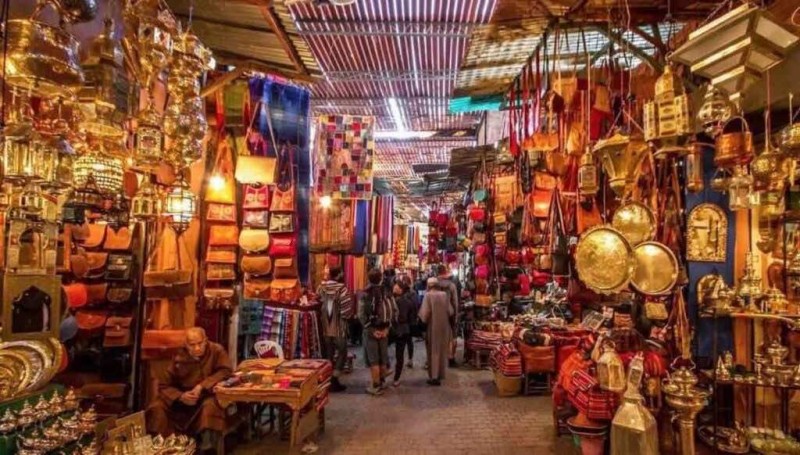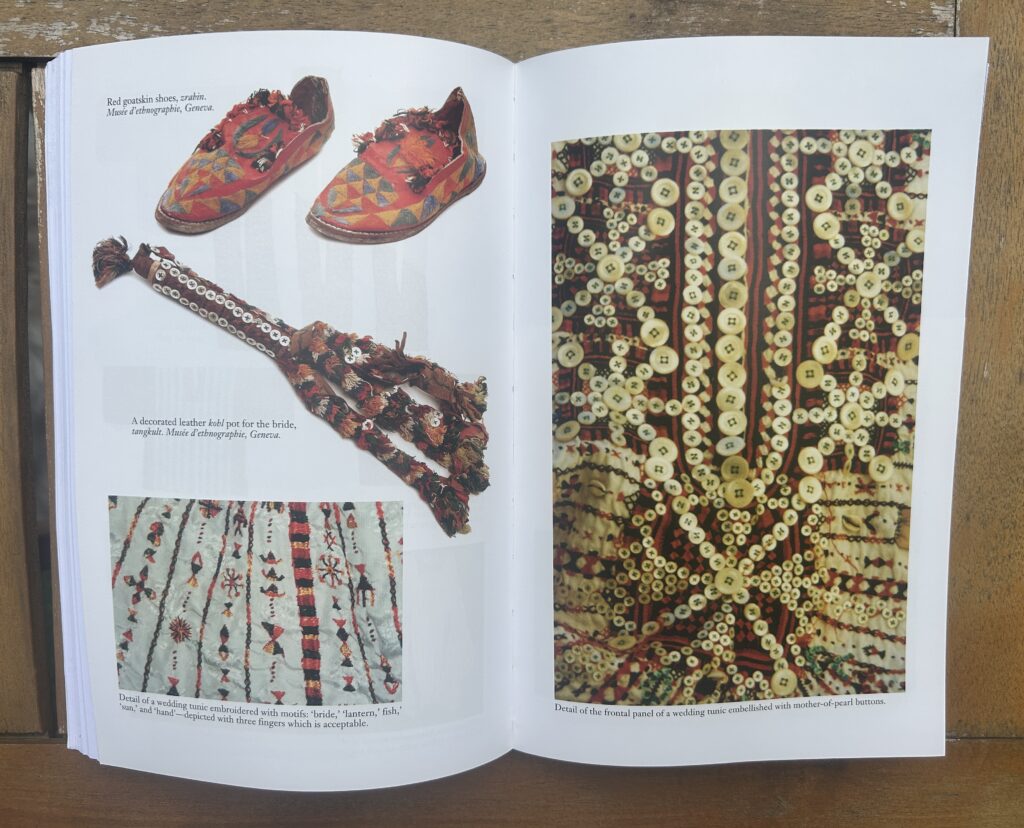
Introduction
Overview of Siwa Handmade Crafts
Siwa, a gem tucked away in the Egyptian desert, is famed for its beautiful handmadecrafts. These creations, influenced by the region’s rich culture and history, range from pottery to intricate jewelry. Each craft showcases the artistry skills passed down through generations.
Significance of Egyptian Artistry
Egyptian artistry holds profound significance, not just locally but globally. It reflects a blend of ancient traditions and contemporary influences, providing insight into social values, customs, and beliefs. For me, visiting Siwa and witnessing artisans at work was a transformative experience—each piece tells its own story, connecting us all through the universal language of creativity.
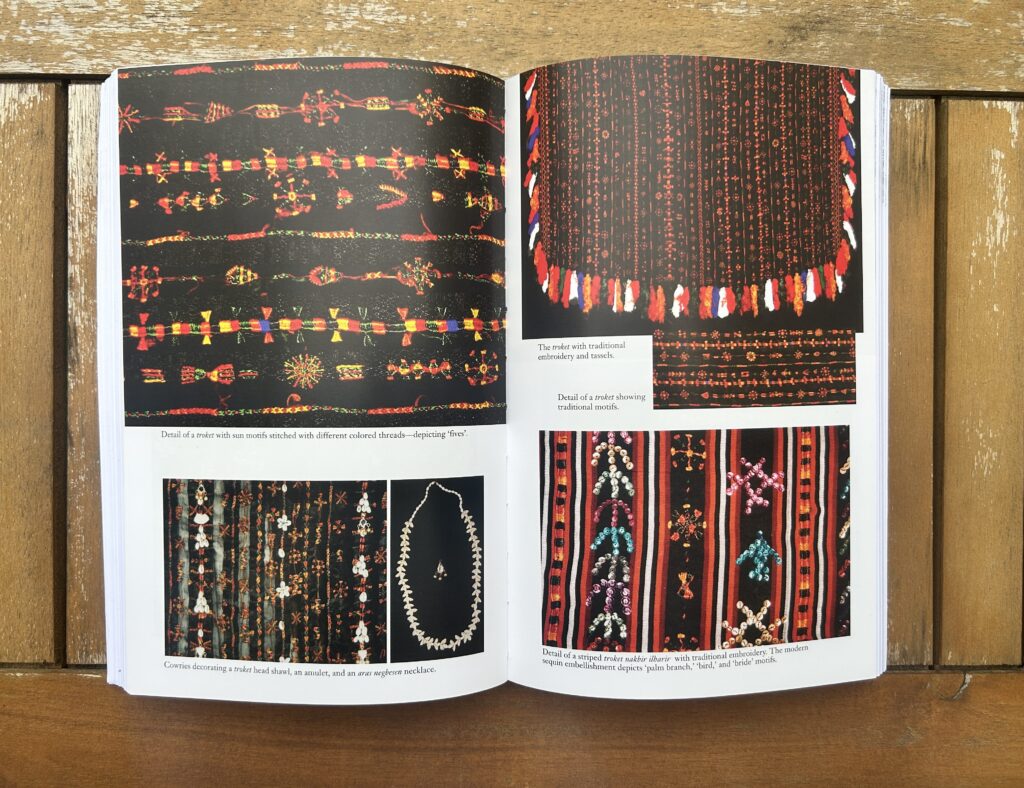
History of Siwa Crafts
Origins of Siwa Handmade Crafts
The origins of Siwa handmade crafts trace back to ancient traditions, where local materials were ingeniously transformed into functional and decorative items. It’s fascinating to think about how the Berber heritage and the surrounding desert influenced these creations, making each item not just a product, but a cultural artifact. I remember seeing artisans skillfully mold clay on a potter’s wheel—an age-old practice still alive today.
Evolution of Siwa Artistry Techniques
Over the years, techniques in Siwa crafts have evolved. While retaining traditional methods, artisans now blend these practices with modern influences to create unique designs. Key elements of this evolution include:
- Innovative Use of Materials: Incorporating new materials while respecting the ancient ones.
- Fusion of Styles: Merging Siwan and contemporary designs to appeal to broader audiences.
- Skill Development: Regular workshops and cultural exchange programs have enhanced craftsmanship.
Experiencing this evolution firsthand was like witnessing a beautiful dance between the old and the new!

Traditional Siwa Craftsmanship
Materials Used in Siwa Crafts
Traditional Siwa craftsmanship thrives on local materials that reflect the essence of the region. Artisans often work with:
- Clay: Used for pottery and sculptures, sourced from the fertile soil of Siwa.
- Palm Fronds: Ingeniously woven into baskets and mats, adding a natural touch.
- Local Stones: Carved into jewelry, showcasing the earthy elegance of Siwa.
During a visit to a local workshop, I was amazed at how these materials come together to create stunning pieces rich in culture and history.
Unique Characteristics of Siwa Handmade Products
What sets Siwa handmade products apart is their authenticity and connection to the land. Each item carries unique characteristics, such as:
- Vibrant Colors: Natural pigments from local plants and minerals bring life to every craft.
- Intricate Patterns: Symbolic designs that reflect the heritage and stories of the Siwan people.
- Handcrafted Quality: Each piece is lovingly made by skilled artisans, ensuring no two items are alike.
I still cherish the handwoven basket I bought, each twist and turn a reminder of the incredible artistry and story behind it.
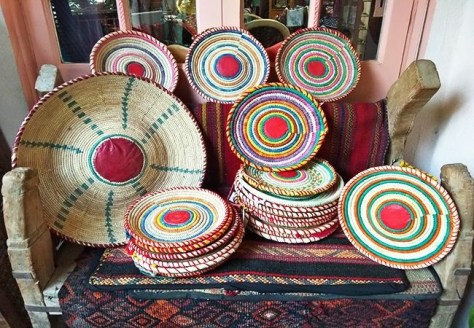
Popular Siwa Handicrafts
Siwa Pottery and Ceramics
Siwa pottery and ceramics are truly a treasure to behold! Artisans use traditional techniques, crafting both functional and decorative pieces that are often adorned with vibrant colors and intricate designs. I recall stumbling upon a small pottery shop; the mesmerizing process of hand-shaping clay on a wheel captivated me. Some popular pottery items include:
- Jugs and Vases: Perfect for home decor.
- Bowls and Dishes: Functional art for everyday use.
Siwa Jewelry and Accessories
Equally striking are Siwa’s jewelry and accessories, known for their unique styles. Crafted from local materials, each piece carries a story of its own. I was particularly drawn to the intricate silver jewelry, featuring beautiful engravings. Key items to explore include:
- Necklaces: Often adorned with semi-precious stones.
- Bracelets and Rings: Reflecting traditional patterns and designs.
The rich diversity and craftsmanship in Siwa’s handicrafts left a lasting impression on me—each purchase is more than an item; it’s a piece of culture!
Cultural Influence in Siwa Crafts
Symbolism in Siwa Handmade Items
The beauty of Siwa crafts extends far beyond their aesthetic appeal; each handmade item is rich with symbolism. For instance, patterns often represent:
- Nature: Flowers and elements that signify life and fertility.
- Heritage: Designs that pay homage to Berber ancestry and local legends.During my visit, I was captivated by a beautifully hand-painted pot—each swirl and color told a story of the Siwan identity.
Role of Siwa Crafts in Egyptian Society
Siwa crafts play a vital role not only for the local economy but also in strengthening cultural identity within Egyptian society. These crafts:
- Promote Heritage: Helping to pass down traditions to younger generations.
- Boost Local Economy: Providing livelihoods for artisans and their families.
Witnessing the pride of a local artisan as they shared their craft was incredibly inspiring—it reinforced the idea that each piece is a living testament to the rich tapestry of Egyptian culture.
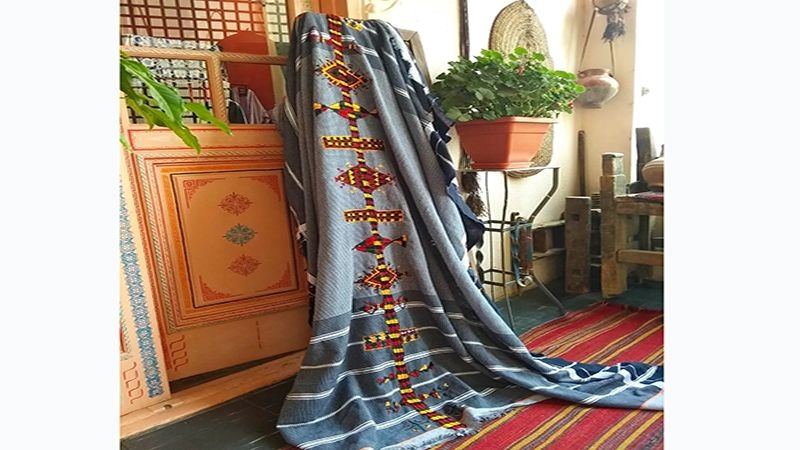
Sustainability Practices in Siwa Artistry
Environmental Impact of Siwa Crafts
The environmental impact of Siwa crafts is a topic close to many artisans’ hearts. Traditional craftsmanship often relies on natural resources, which requires a delicate balance. For example:
- Limited Water Use: Pottery processes are optimized to conserve water.
- Sustainable Sourcing: Materials are collected in ways that minimize ecological damage.
On my trip, I was struck by how deeply the artisans cared for the land—many viewed their crafts as a way to honor and preserve the environment.
Efforts towards Sustainable Production
To combat potential environmental challenges, several initiatives promote sustainable production in Siwa crafts. These efforts include:
- Workshops on Eco-Friendly Techniques: Educating artisans on sustainable methods.
- Community Involvement: Engaging locals in decision-making to foster a sense of responsibility.
Seeing artisans embrace these practices during my visit was uplifting. Each crafted piece not only celebrated Siwan culture but also contributed to a sustainable future—an inspiring example for us all!
Global Recognition of Siwa Handicrafts
International Demand for Siwa Products
The beauty and authenticity of Siwa handicrafts have garnered global recognition. As I traveled through local markets, I witnessed tourists eagerly purchasing items, fascinated by their unique stories. Some popular products in demand include:
- Ceramics: Renowned for their vibrant colors and traditional designs.
- Jewelry: Unique pieces that represent both culture and craftsmanship.
It’s heartwarming to see artisans’ hard work appreciated worldwide!
Siwa Artisan Collaborations with Designers
In addition to global demand, Siwa artisans have begun collaborating with contemporary designers to create innovative products. These partnerships blend traditional craftsmanship with modern design, making Siwa items more accessible. Some noteworthy collaborations involve:
- Fashion Designers: Creating chic accessories like bags using Siwan materials.
- Interior Designers: Integrating unique pottery and decor into modern homes.
During my stay, I met an artisan who proudly showcased a stunning jewelry line developed in partnership with a well-known designer—proof that tradition can beautifully merge with innovation!
Preserving Siwa Craftsmanship
Organizations Supporting Siwa Artisans
Efforts to preserve Siwa craftsmanship are bolstered by various organizations dedicated to supporting local artisans. During my exploration, I learned about several initiatives that focus on:
- Skill Development: Offering training workshops to enhance traditional techniques.
- Market Access: Helping artisans reach broader markets, both locally and internationally.
It was inspiring to see the sense of community fostered by these organizations, enabling artisans to thrive.
Challenges in Preserving Traditional Siwa Crafts
Despite these supportive structures, preserving traditional Siwa crafts faces significant challenges. Key issues include:
- Modernization: Younger generations often gravitate toward urban jobs, risking the decline of traditional skills.
- Resource Limitations: Access to raw materials is becoming scarcer, impacting craftsmanship.
While visiting, I spoke with an artisan who lamented the loss of younger apprentices. However, the passion for Siwa’s rich heritage remains strong, ensuring that these crafts will continue to inspire future generations!


